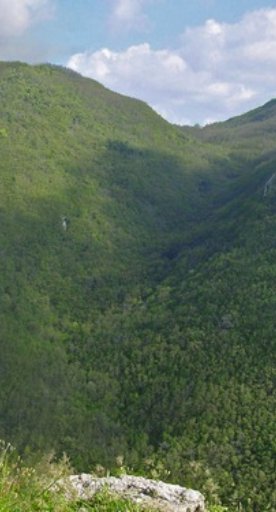The Merse River
Discovering the Merse Valley and the beautiful landscape that surrounds the river
The Merse River flows through the provinces of Siena and Grosseto and is the most important tributary of the Ombrone river into which it flows at Pian di Rocca after a distance of about 70 km from its source at Poggio Croce di Prata at an altitude of 848 m.
Following the first stretch of the Merse river and passing over the Montieri bridge, one arrives at the Roste: mountains of red earth, the remains of copper processing, which, hidden by vegetation, suddenly offer the visitor a unique lunar landscape. The area also has remains of buildings and canals that narrate the history of mining in the 1800s. Beneath the Roste there are also important tunnels used for processing copper and other materials. The mining history is also told by the numerous remains of ancient smelts, moulded stones and sharp shapes that can be found along the banks of the Merse.
Going up the Merse a few tens of metres, one comes across the Ferrugginosa spring composed of red water (formed by minerals) and sulphurous water. Local tradition has it that every 24 August (St Bartholomew's Day) the villagers of Boccheggiano went to the spring for religious services.
Also of natural interest not far away is the Sorgente dei Mulignoni, an ancient place now surrounded by woods that once housed mills that, fed by the waters of the waterfalls, were used to produce energy for metal foundries. In the area, in addition to interesting historical references from the 1700s, there is the mouth of a tunnel that is still visible, although it has been secured, as well as numerous mining caves.





